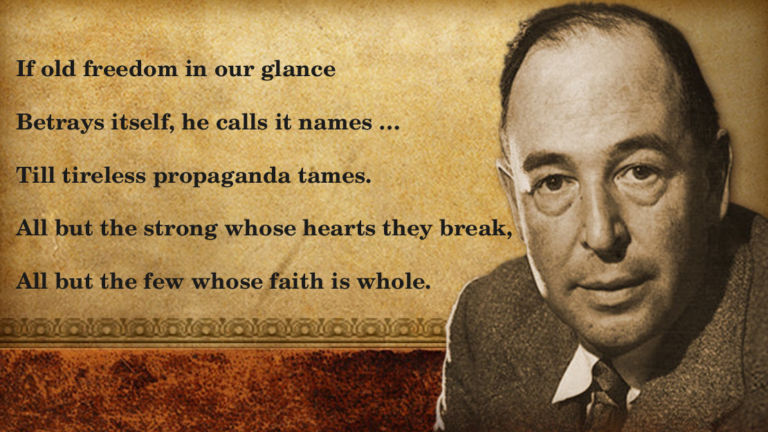This is an extract from Chapter 1 of the Economic Freedom of the World 2012 Annual Report. It seeks to explain what may have many people scratching their heads—how the United States has fallen so far relative to other nations in terms of freedom. The added emphasis is mine, and if you’d like to read my own discussion of the results, please see my latest Fiscal Insight newsletter, “When You’d Rather Not Look in the Mirror: The sorry state of freedom in the United States.”
The United States, long considered the standard bearer for economic freedom among large industrial nations, has experienced a remarkable plunge in economic freedom during the past decade. From 1980 to 2000, the United States was generally rated the third freest economy in the world, ranking behind only Hong Kong and Singapore. After increasing steadily during the period from 1980 to 2000, the chain-linked EFW rating of the United States fell from 8.65 in 2000 to 8.21 in 2005 and 7.70 in 2010. The chain-linked ranking of the United States has fallen precipitously from second in 2000 to eighth in 2005 and 19th in 2010 (unadjusted ranking of 18th). By 2009, the United States had fallen behind Switzerland, Canada, Australia, Chile, and Mauritius, countries that chose not to follow the path of massive growth in government financed by borrowing that is now the most prominent characteristic of US fiscal policy. By 2010, the United States had also fallen behind Finland and Denmark, two European welfare states. Moreover, it now trails Bahrain, the United Arab Emirates, Estonia, Taiwan, and Qatar, countries that are not usually perceived of as bastions of economic freedom. The United States has now reached a point where even small additional decreases in the rating will cause large ranking changes because there are so many more countries clustered in this range of the index.
US ratings have declined in four of the five Areas of the EFW index. The rating in Legal System and Protection of Property Rights (Area 2) dropped by more than 2 points between 2000 and 2010. While it is difficult to pinpoint the precise reason for this decline, the increased use of eminent domain to transfer property to powerful political interests, the ramifications of the wars on terrorism and drugs, and the violation of the property rights of bondholders in the bailout of automobile companies have all weakened the United States’ tradition of the rule of law and, we believe, contributed to the sharp decline of the Area 2 rating. The rating for Freedom to Trade Internationally (Area 4) fell by over one point, and the ratings for Size of Government (Area 1) and Regulation (Area 5) by more than a half point. The only Area where the United States’ rating was basically unchanged was Access to Sound Money (Area 3).
Government consumption, transfers and subsidies, and government investment all rose during the decade, while their private-sector counterparts were lower. These changes were the major reason underlying the decline in the rating for Area 1. The time cost of clearing customs increased and government borrowing consumed a substantially larger share of the credit market, contributing to the rating reductions in Areas 4 and 5. Some of the declines between 2000 and 2010 in the ratings of individual components and sub-components were very large. For example, the rating for Protection of property rights (2C) fell to 6.8 from 9.1. The rating reflecting import and export compliance costs (4Bii) fell to 7.2 from 9.5. Reflecting the large fiscal deficits of recent years, the private-sector credit rating (5Aii) plummeted to 0.8 from 9.4. The rating reflecting burdensome administrative regulations (5Ci) plunged to 4.0 from 7.9.
The approximate one-point decline in the summary rating between 2000 and 2010 on the 10-point scale of the index may not sound like much, but scholarly work on this topic indicates that a one-point decline is associated with a reduction in the long-term growth of GDP of between 1.0 and 1.5 percentage points annually (Gwartney, Holcombe and Lawson, 2006). This implies that, unless policies undermining economic freedom are reversed, the future annual growth of the US economy will be half its historic average of 3%.
The authors of this report have done an excellent job, and I applaud their work.


